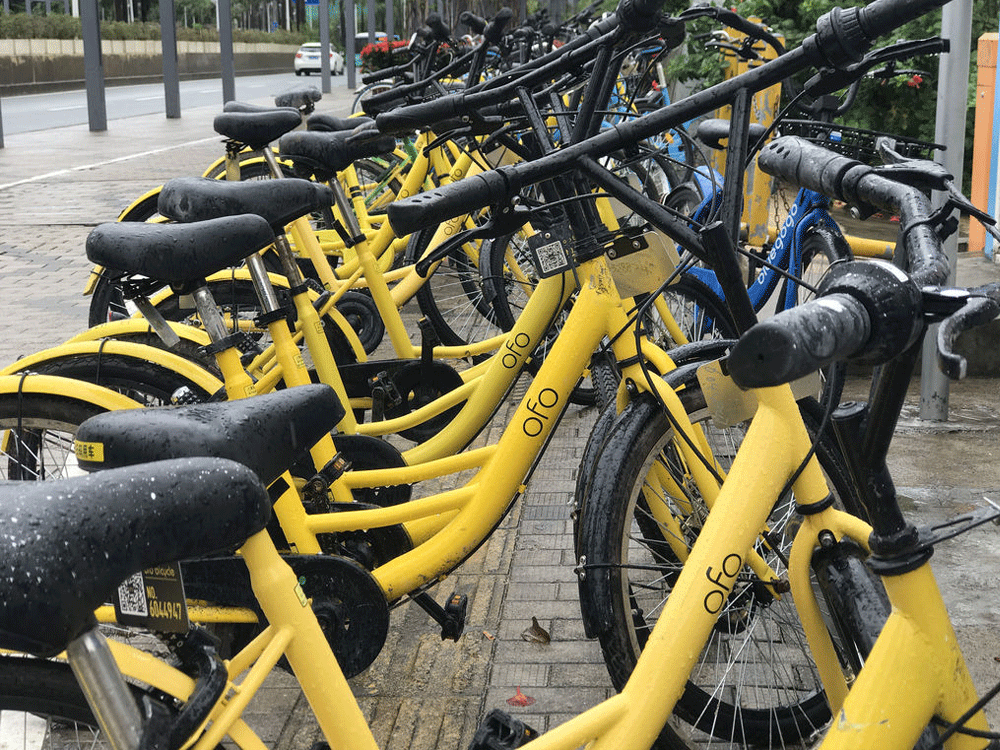
On Tuesday, bicycle sharing started again at the Indian Institute of Science (IISc) campus, days after the students agreed they would not use motorised vehicles within the campus.
Arguably the best alternative for short commutes, bicycle sharing platforms are yet to take root in the city due to limited infrastructure and lack of road safety. However, inside closed and restricted areas such as the IISc and Electronics City, people have embraced the humble two-wheeler as a fast and reliable mode of transport.
Ashish Verma, transport engineering professor at the IISc, who has been encouraging bicycles, said overall attractiveness of the bicycle should be promoted to make it popular.
“So many things need to be done before the bicycle is widely accepted. Policy and planning need to take up infrastructure like bicycle lanes on priority. The present experiments by the government are inadequate and lack the much-needed will and commitment,” he said.
While IISc has 200 bikes, the Electronics City Industrial Township Authority has 1,000 bicycles which have become very popular. “It started with about 200 bicycles and was scaled up later. In the coming days, they have plans to add 500 more bicycles,” said Roopal Shetty, a resident.
Both Verma and Madhav Pai, director at the World Resources Institute, feel disincentivising motorised transport is the only way forward to promote bicycles in core areas.
Pai cited the New York example to stress the need for the government to take the first step. “The government can’t wait for demand, but needs to create it. Use of bicycles in New York went up by more than ten fold after the authorities built 320 km of bicycle lanes. Without such safe infrastructure, bicycles will be only for wealthy people living in gated communities or places with restricted access,” he said.
The BBMP’s promise of providing 100 km of bicycle lanes in the city has remained a pipe dream at a time when the civic agency is pushing for white-topping projects with all its might.